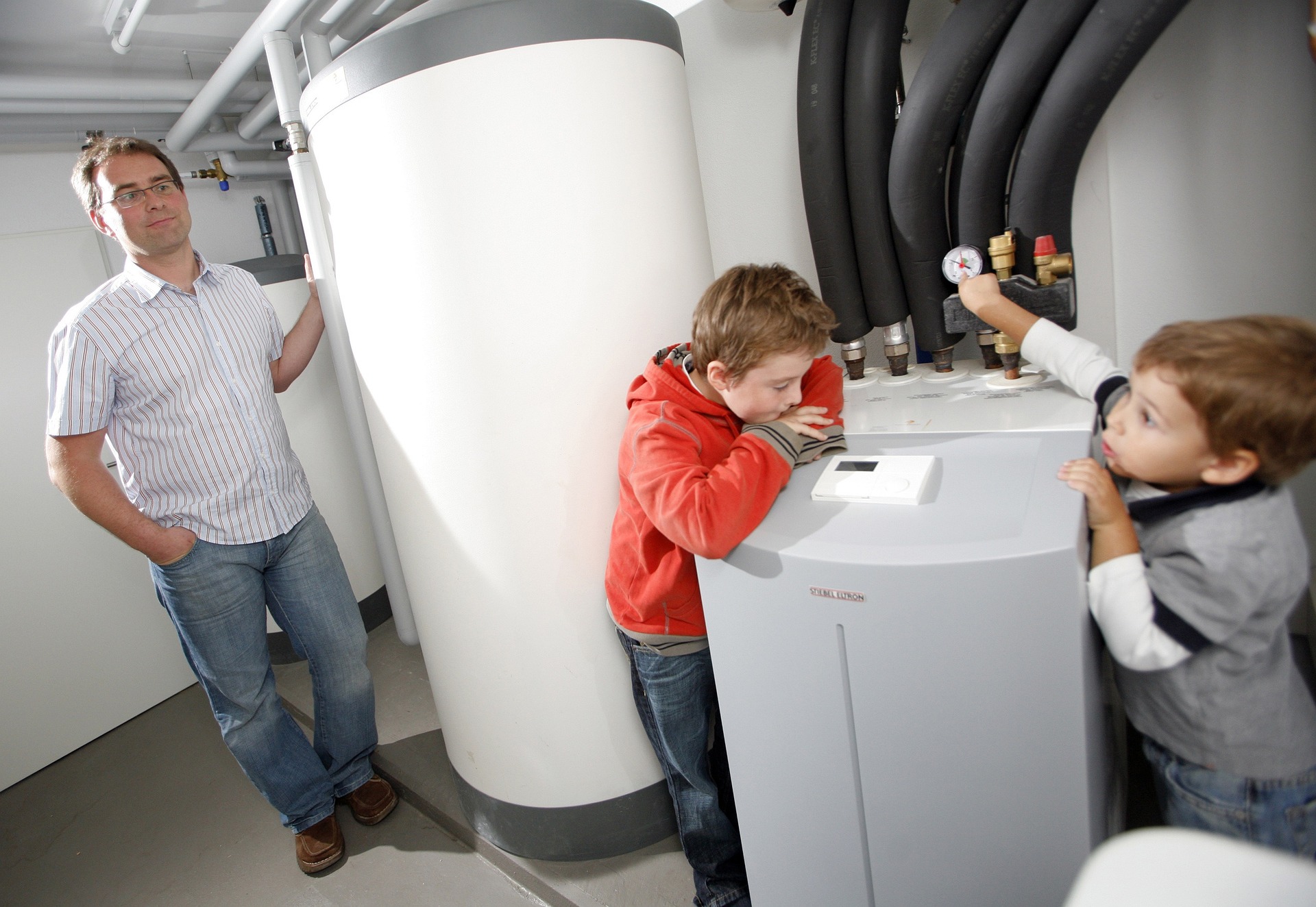Solar Water Heater Systems: Complete Guide for Homeowners
Solar Water Heater Systems offer a practical way to use the sun’s energy for daily hot water needs. By understanding how these systems work and what options are available, homeowners can make informed choices that suit their lifestyle and support energy-conscious living.

Solar water heating represents one of the most practical applications of renewable energy technology for residential use. These systems capture solar radiation through specialized collectors and transfer that energy to heat water for household consumption. Unlike photovoltaic solar panels that generate electricity, solar water heaters directly convert sunlight into thermal energy, making them highly efficient for their specific purpose.
The technology operates on straightforward principles: solar collectors absorb sunlight and convert it to heat, which warms a heat-transfer fluid that circulates through the system. This heated fluid then transfers its energy to the household water supply through a heat exchanger. Most systems include backup heating elements to ensure hot water availability during cloudy periods or high-demand situations.
High-Efficiency Solar Water Heater Models
Modern solar water heating systems achieve impressive efficiency ratings, with quality units converting 60-80% of available solar energy into usable heat. Evacuated tube collectors represent the highest-efficiency option, featuring vacuum-sealed glass tubes that minimize heat loss. These systems perform exceptionally well in colder climates and during winter months when solar angles are less favorable.
Flat-plate collectors offer a more cost-effective solution while maintaining good efficiency levels. These systems feature a dark absorber plate covered by tempered glass, with insulation backing to reduce heat loss. Integral collector-storage systems combine collection and storage in a single unit, making them suitable for warmer climates with minimal freezing risk.
Residential Solar Water Heating Solutions
Homeowners can choose between active and passive solar water heating systems based on their specific needs and local climate conditions. Active systems use pumps and controls to circulate heat-transfer fluids, providing precise temperature control and consistent performance. These systems typically include freeze protection mechanisms and can be integrated with existing plumbing infrastructure.
Passive systems rely on natural convection and gravity to circulate water, requiring no electrical components or pumps. While less complex and more affordable, passive systems may have limited performance in certain climates. Thermosiphon systems represent a popular passive option, positioning the storage tank above the collector to enable natural circulation.
Direct circulation systems pump household water through collectors, making them suitable for climates with minimal freezing risk. Indirect circulation systems use heat-transfer fluids in collector loops, providing freeze protection for colder regions.
Solar Water Heater Maintenance Services
Regular maintenance ensures optimal performance and extends system lifespan significantly. Professional maintenance services typically include collector cleaning, fluid level checks, pump inspection, and temperature sensor calibration. Annual maintenance visits help identify potential issues before they become costly repairs.
Homeowners can perform basic maintenance tasks including visual inspections of collectors, checking for leaks in piping connections, and monitoring system performance indicators. However, tasks involving heat-transfer fluids, electrical components, or pressure relief valves require professional expertise.
Maintenance schedules vary by system type and local conditions. Areas with hard water may require more frequent servicing to prevent mineral buildup, while regions with heavy pollen or dust accumulation need regular collector cleaning.
| System Type | Provider | Cost Estimation |
|---|---|---|
| Flat-Plate Active System | Rheem, A.O. Smith | $3,000-$6,000 |
| Evacuated Tube System | Apricus, SunEarth | $4,000-$8,000 |
| Integral Collector-Storage | Solahart, Heliodyne | $2,500-$5,000 |
| Thermosiphon Passive | SolarRoofs, Alternate Energy Technologies | $2,000-$4,500 |
Prices, rates, or cost estimates mentioned in this article are based on the latest available information but may change over time. Independent research is advised before making financial decisions.
Installation costs vary significantly based on system complexity, roof accessibility, and local labor rates. Professional installation typically adds $1,000-$3,000 to total project costs, but ensures proper system integration and warranty coverage. Many regions offer rebates, tax credits, or other incentives that can offset initial investment costs substantially.
System sizing depends on household hot water consumption, local solar resource availability, and desired solar fraction. Most residential installations feature 40-80 gallon storage capacity with collector areas ranging from 40-100 square feet. Proper sizing maximizes efficiency while avoiding over-investment in unnecessary capacity.
Solar water heating systems typically achieve payback periods of 5-10 years through reduced energy bills. In areas with high conventional energy costs or excellent solar resources, payback periods may be significantly shorter. These systems often provide 15-20 years of reliable service with proper maintenance, making them attractive long-term investments for environmentally conscious homeowners seeking energy independence.




